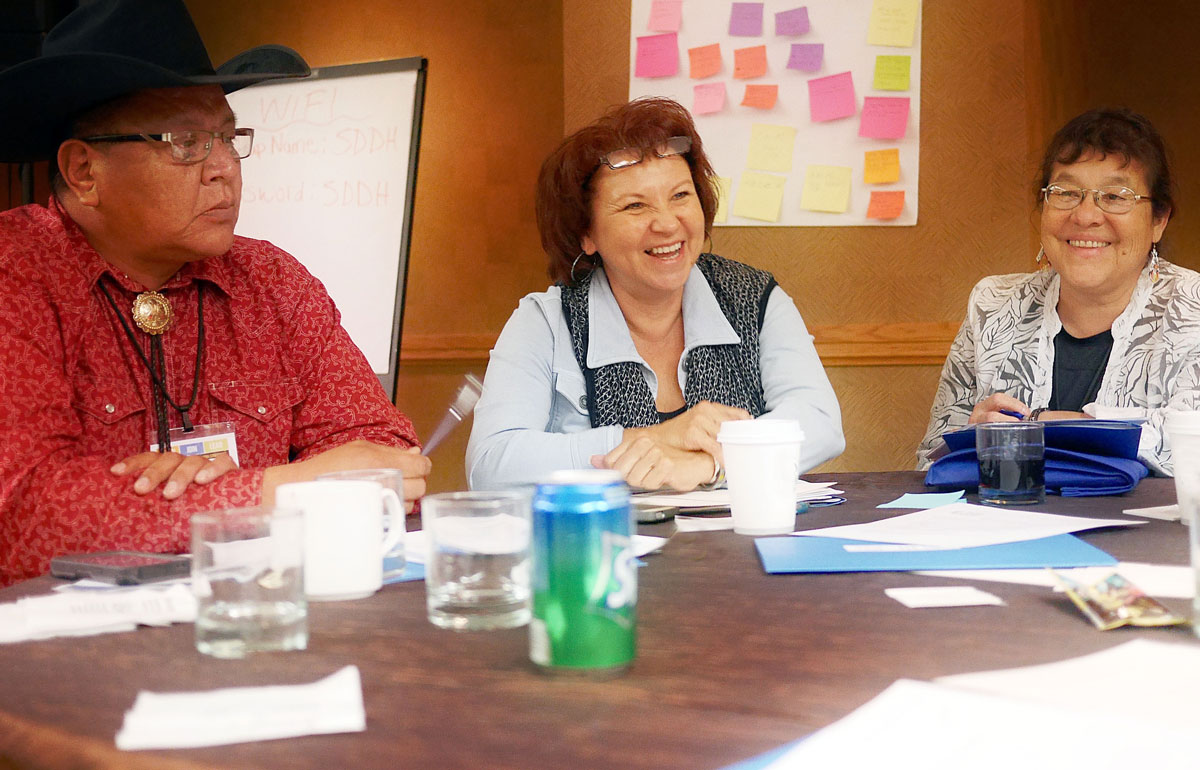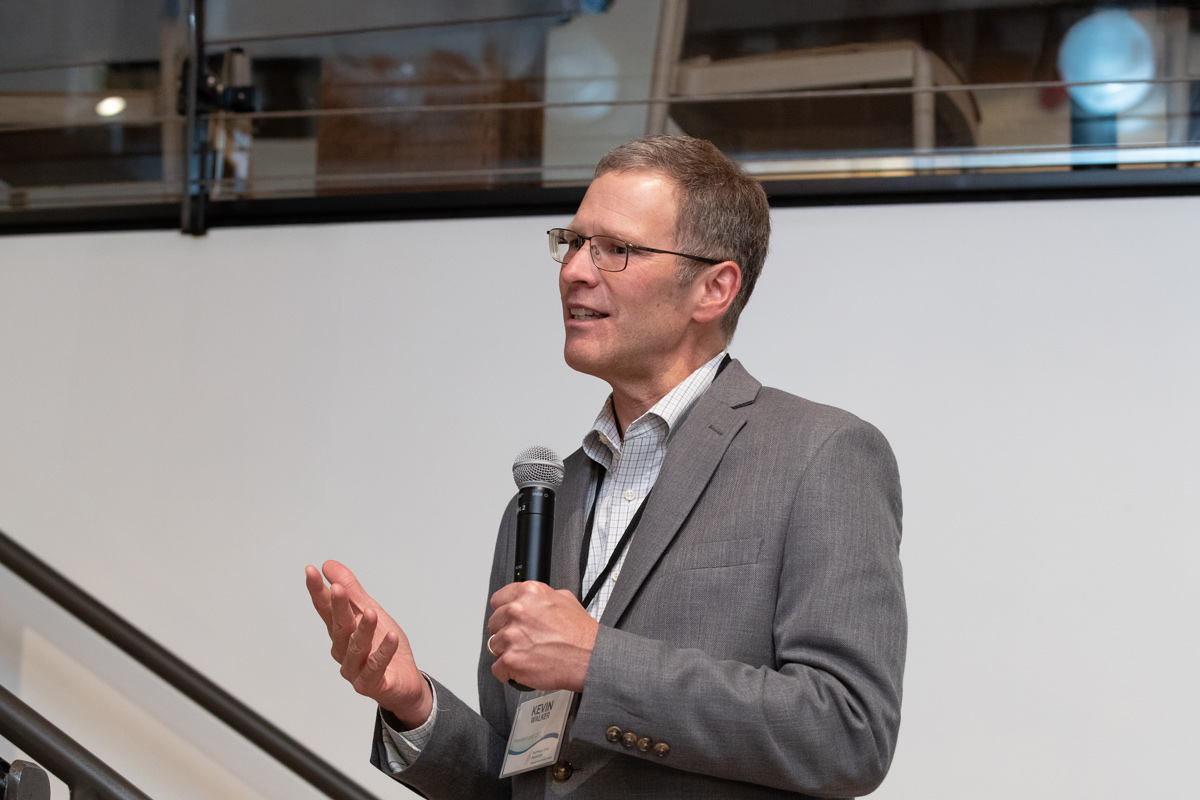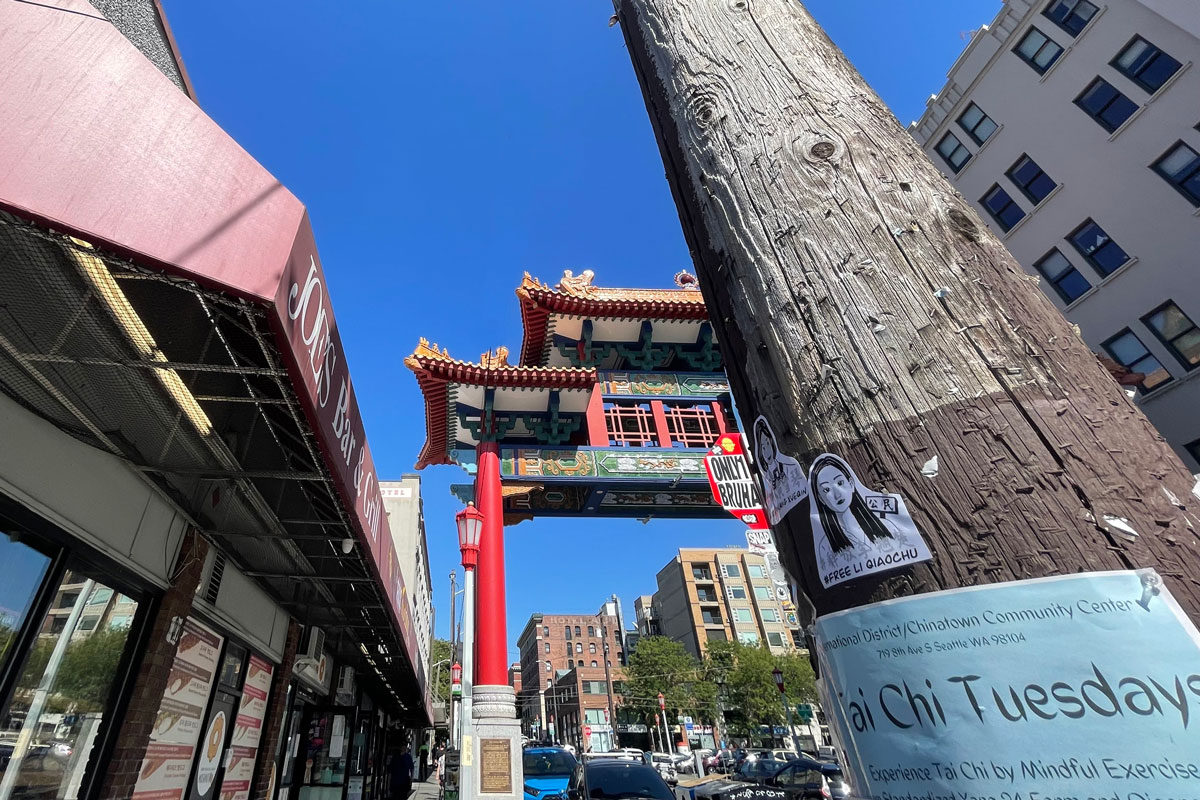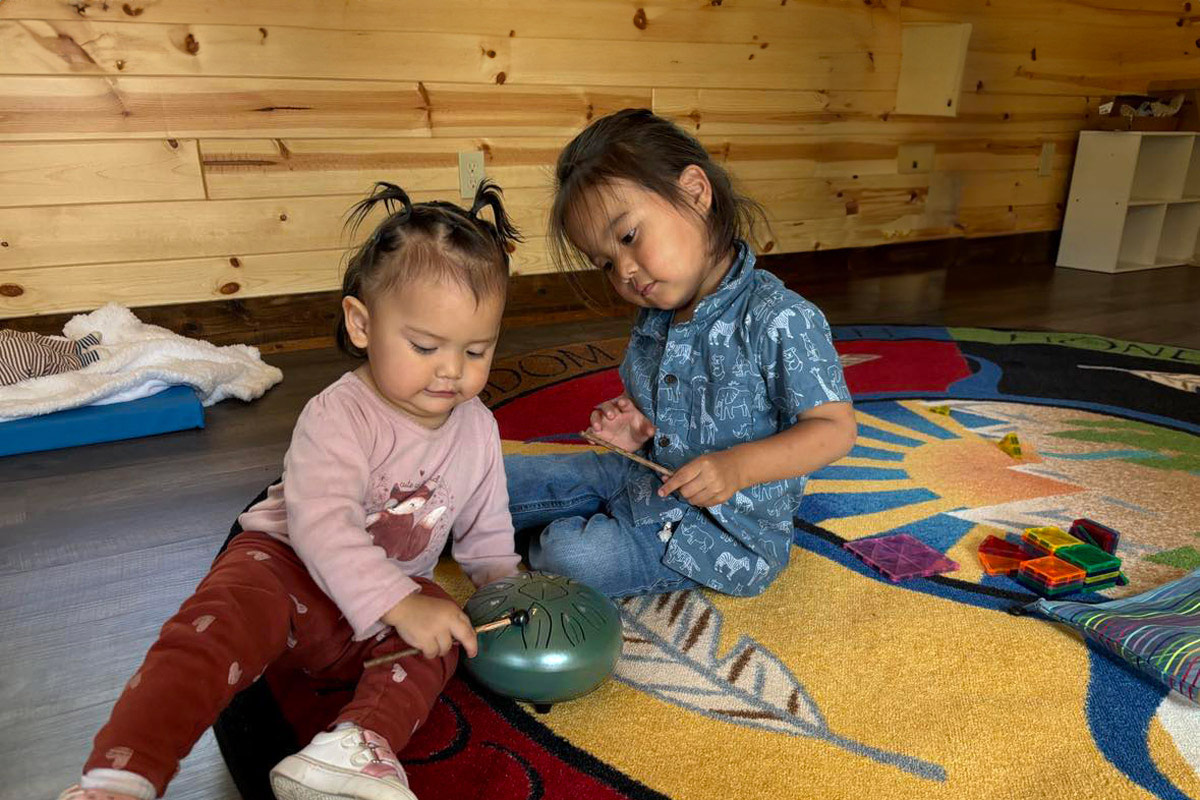In the wake of the COVID-19 pandemic, Native CDFIs are relying on regional networks to best serve their communities’ immediate and long-term needs.
Networks of Native community development financial institutions (Native CDFIs) are sharing information, strategies, and support. Strong collaborations are characteristic of Native CDFIs, which tailor their services to the distinct needs of Native communities—building on their unique assets while honoring their history and culture.
The crises of 2020 are driving change.
Racial equity and systems change have often headlined conversations with our grantees over the past year.
Then the pandemic hit. Then we fell into a recession. Then the killing of George Floyd prompted widespread protests. And it became starkly clear that racial equity and systems change aren’t just important goals, they’re urgent necessities.
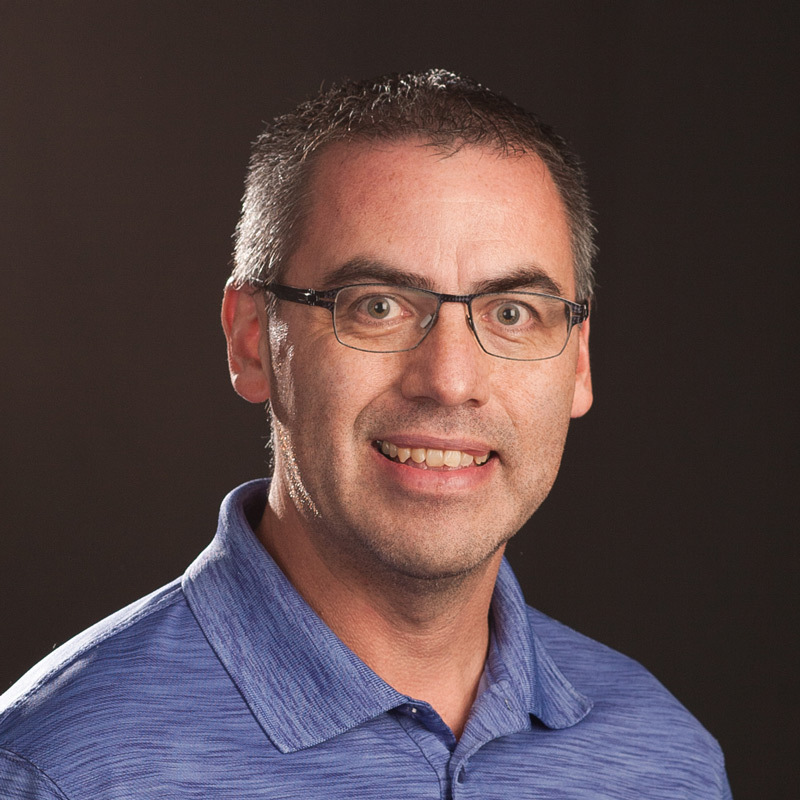
“Unfortunately, Indian Country is all too familiar with the devastating impacts of pandemics on its population since the early days of colonization.”
Ed Davis (Tlingit)
Vice President and Indian Country Regional Strategist, Craft3
The overlapping crises of 2020 are interlocked by more than timing. And we’re seeing how they’re having intensified effects on our priority communities: Native Americans, communities of color, immigrants and refugees, and people in rural areas.
“Unfortunately, Indian Country is all too familiar with the devastating impacts of pandemics on its population since the early days of colonization,” says Ed Davis (Tlingit), vice president and Indian Country regional strategist at Craft3, a CDFI serving the Pacific Northwest from offices in Oregon and Washington.
“Many tribal communities live in high poverty and third-world conditions resulting from unmet treaty obligations and resources. But Indian Country has proven to be resilient, especially during times of crisis, because Native populations, partners, and communities tend to pull together to survive.”
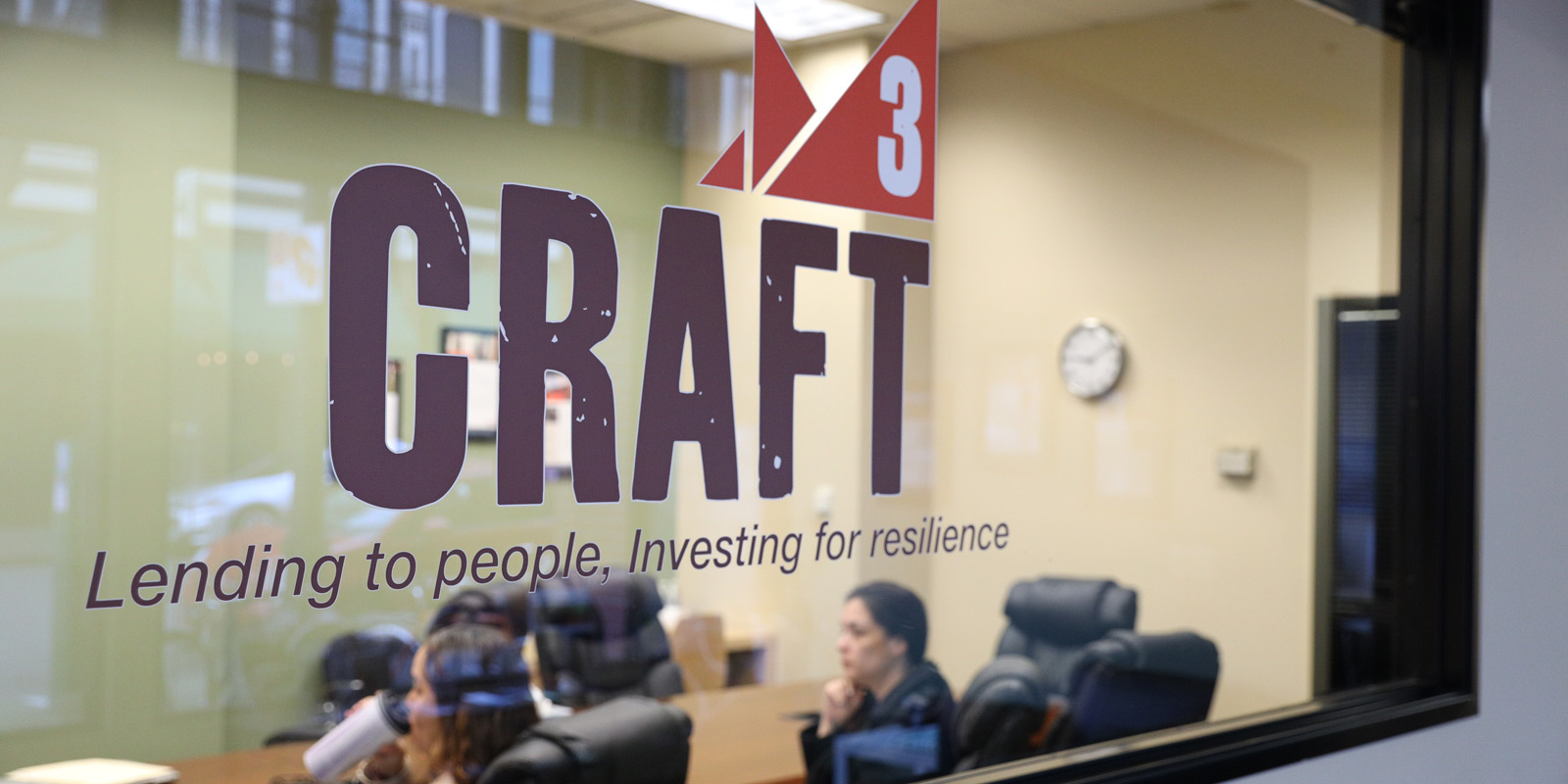
The response from government has been insufficient.
Not only did COVID-19 hit Native peoples hard and fast, but relief measures largely left out Indian Country. The federal government’s response has been consistent with historical patterns of underfunding and excluding Native communities.
Paycheck Protection Program (PPP) loans offered by the US Small Business Administration (SBA) as part of the Coronavirus Aid, Relief, and Economic Security (CARES) Act, required an existing relationship with a lending institution. But Native CDFIs, which are the only banking resource for many Native entrepreneurs and small businesses, were excluded as an option. So a potential lifeline for Native communities was left off the table.
To illustrate—according to a regional study of eight Native CDFIs that are part of the Mountain–Plains Regional Native CDFI Coalition, only 4 percent of the Native businesses they serve were able to access first-round PPP monies. By contrast, in a report shared by the Coalition, more than 70 percent of all businesses in the same region (ND, SD, MT, and WY) accessed those initial PPP funds. Had the 301 Native-owned businesses served by the coalition been able to access PPP on par with the rest of the region, Native businesses would have received between $2.9 million and $14.6 million in PPP funds.
Then, in a second round of PPP loans, noncertified SBA lenders, including Native CDFIs, were allowed to underwrite the loans, but only if they met criteria that excluded smaller, locally based lenders like Native CDFIs.
These barriers forced Native CDFIs to find alternative strategies to help their customers. While they couldn’t offer PPP loans, they could restructure the terms of existing loans and offer emergency loans.
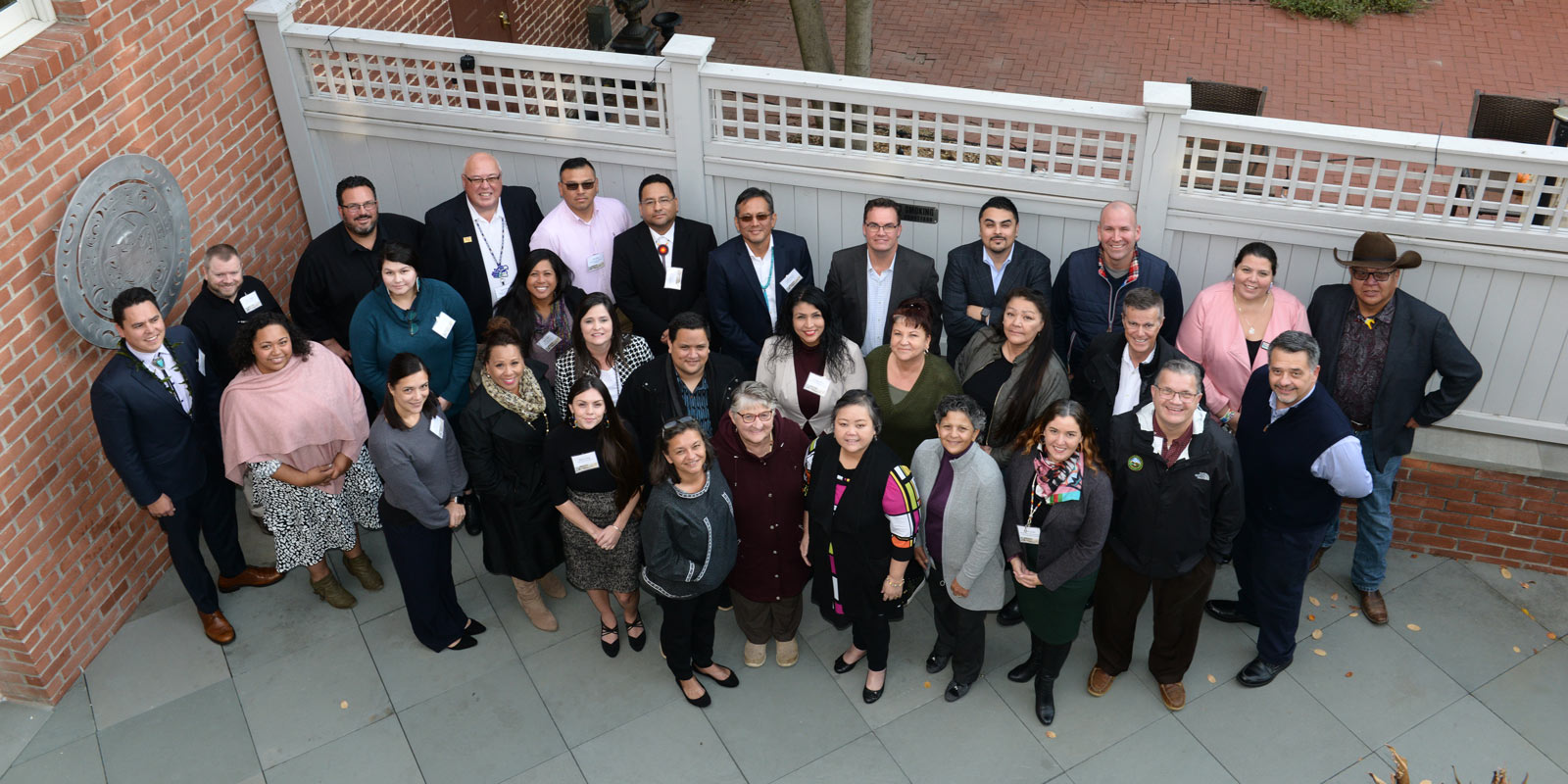
Native CDFIs are relying on their collective strength through regional networks.
But Native CDFIs—which are ideally positioned to adapt and respond to the needs of their communities—are working to bridge the gaps. They’re forming and expanding networks of Native CDFIs, often connected by region, to support each other.
Regional connections can be vital because Native CDFIs in the same region often share distinct market opportunities. For example, in 2020, urban Native CDFIs are seeing an increased need to help their communities prevent and cope with evictions. Other Native CDFIs in rural areas can help each other innovate agricultural financing products to support Native farmers and ranchers.
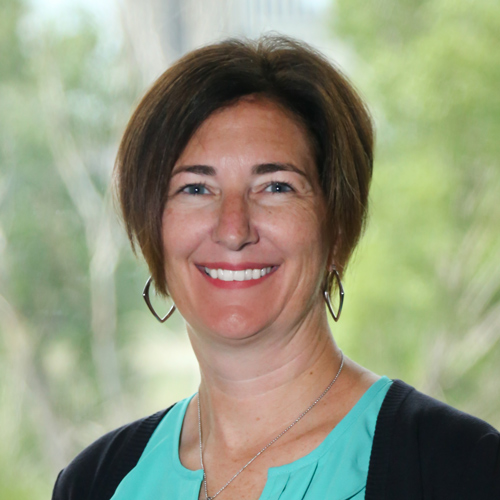
“When the pandemic hit, our Native CDFI partners were key institutions in their communities, helping with cleaning supplies and food, and working with tribal leaders on other aspects of the pandemic response.”
Nikki Foster
Program Officer, Northwest Area Foundation
For more than two decades, Native CDFIs have been opening up access to credit and other funding and services to underbanked Native communities. These frontline institutions continue to prove their effectiveness at providing funding and financial services to Native communities in culturally appropriate ways.
Right now, Native CDFIs and their regional networks are stepping up to provide vital services in their communities, which need them more than ever.
“When the pandemic hit, our Native CDFI partners were key institutions in their communities, helping with cleaning supplies and food, and working with tribal leaders on other aspects of the pandemic response,” says Nikki Foster, an NWAF program officer.
“They issued emergency loans and adjusted the terms of existing loans to keep businesses afloat. Their immediate action was very visible.”
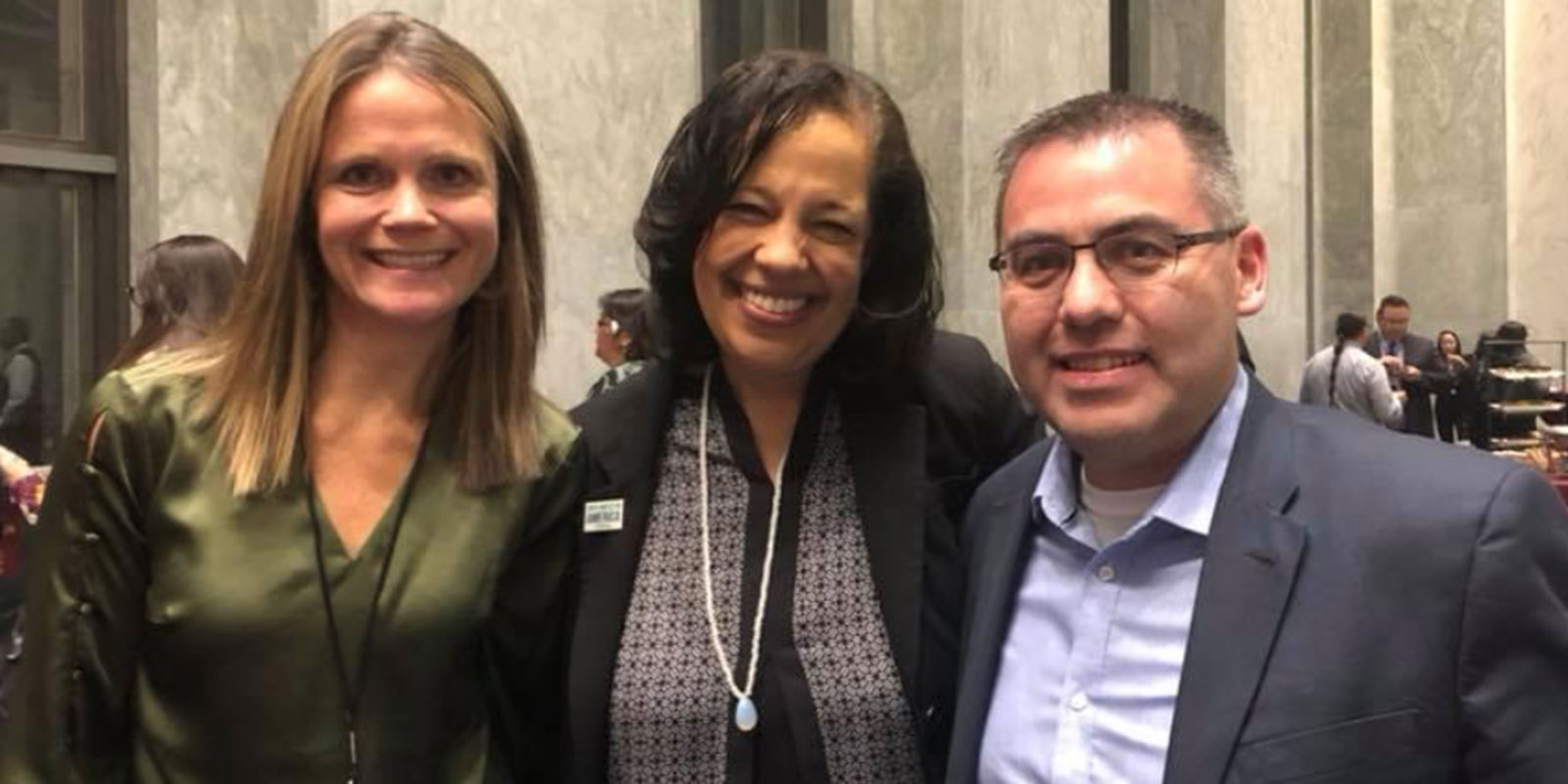
Native CDFIs continue their legacy of innovation.
Nixyáawii Community Financial Services (NCFS), an emerging Native CDFI in Oregon, was one of the group of Native CDFIs that established Northwest Native Lending Network (NNLN) through the Affiliated Tribes of Northwest Indians Economic Development Corporation (ATNI-EDC). Dave Tovey (Confederated Tribes of the Umatilla Indian Reservation), the executive director of NCFS and board president of ATNI-EDC, describes the coalition’s goals to “share policies, forms, and administrative functions to bolster member Native CDFIs that might not have adequate bandwidth on their own.”
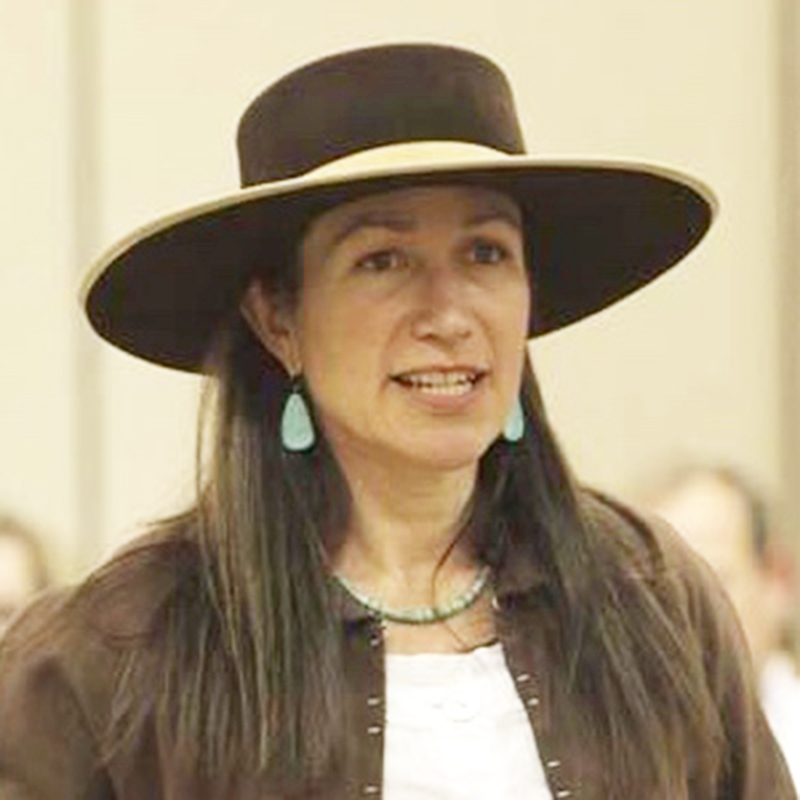
“Embracing reciprocity, grounded in relationships, is at the heart of Native CDFIs—it’s why they’re so successful.”
Jael Kampfe
President, Bar K Management Co.
In addition to tangible assistance to their communities, Native CDFIs are leading advocacy efforts and working toward systems change. Regional networks are helping individual Native CDFIs:
- Share data about community needs and themes across geographies
- Raise visibility about their work and impact
- Highlight inequities in existing systems
- Make the case for the changes in policies, practices, and resources that will advance their shared mission to foster financial health in Indian Country
“A core tenet of shifting away from centering white culture is leaving behind transactional approaches and embracing a more reciprocal, relationship-based philosophy,” says Jael Kampfe, president of Bar K Management Co. “Embracing reciprocity, grounded in relationships, is at the heart of Native CDFIs—it’s why they’re so successful.”
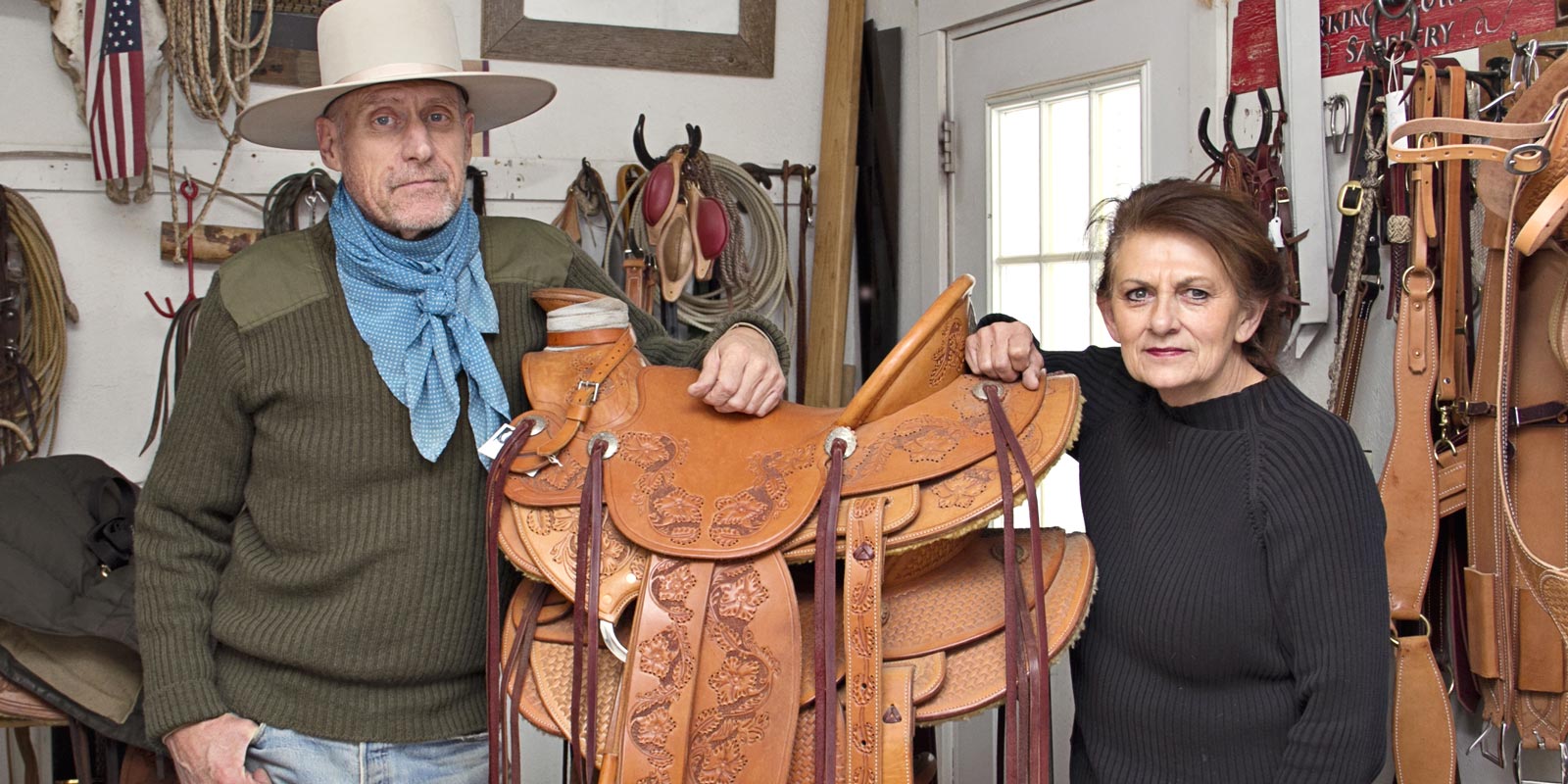
How investment by funders makes a difference in the short and the long term.
“The pandemic is something no one could have planned for. It’s amazing how Native CDFIs have come together in response. That level of collaboration and high value on cooperative approaches are unique to Native CDFIs,” Nikki Foster says.
Native CDFIs aren’t addressing short-term problems with quick fixes. We know their work takes time, which is why we’ve been looking at longer-term grants—such as a three-year funding cycle rather than one or two. Grants with longer terms have the potential to set aside the uncertainty of future funding and allow organizations to invest more energy and resources in their services.
Funders can support hard-hit Native communities by providing unrestricted funding for Native CDFIs and their regional and national networks—or even through a zero- or low-interest program-related investment or loan. (See the end of this post for a listing of Native CDFI networks in our region.)
For more on the Foundation’s evolving approach to funding—which we’re calling Respond, Reimagine, Restructure—read our 2020 annual report.
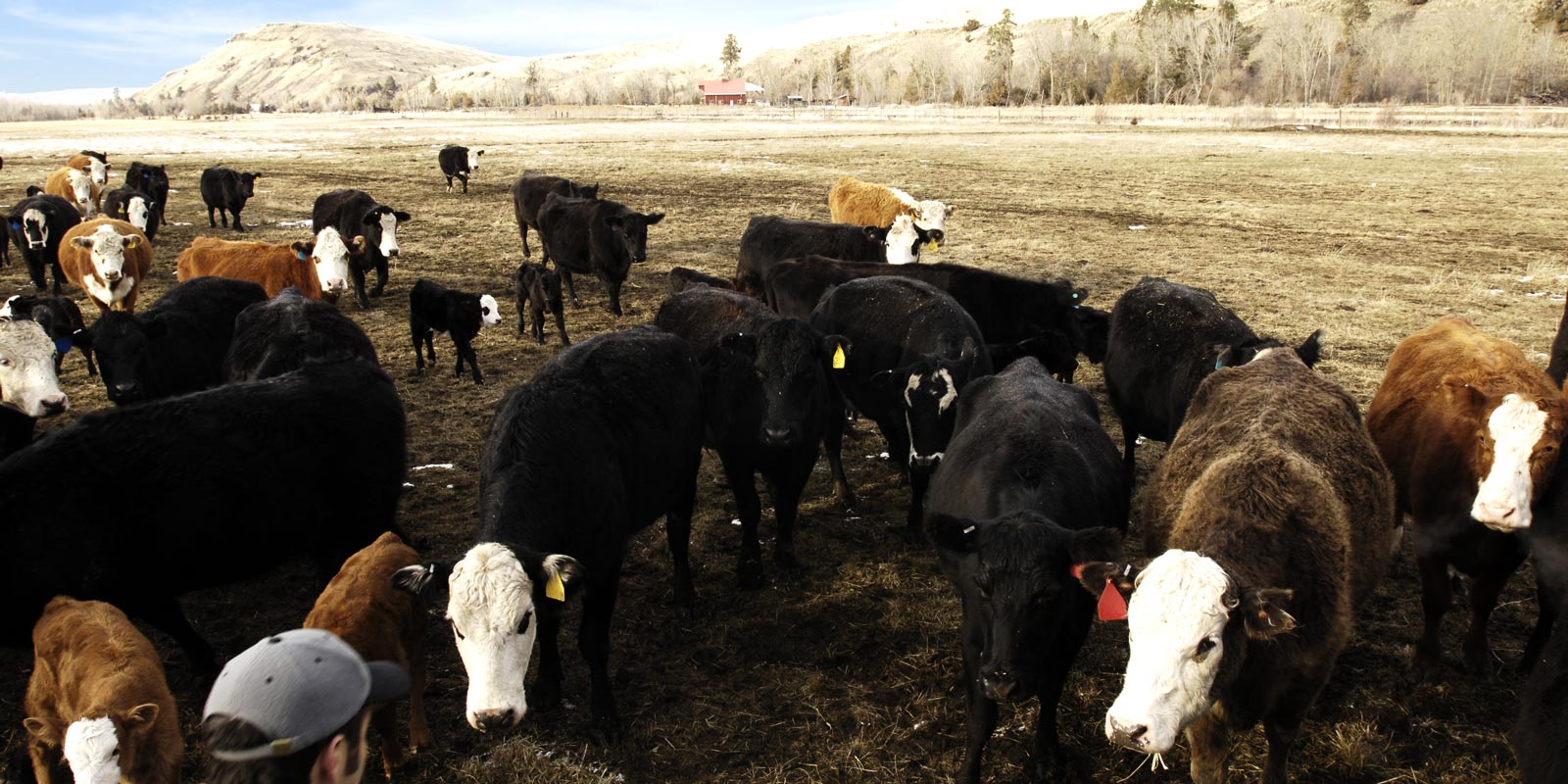
Native CDFIs are responding to the moment, but always with an eye to the future.
It’s important to note that while Native CDFIs are engaged with immediate response to 2020’s active crises, they’re also laying the foundation for new ways to serve their communities in the future.
Dave Tovey describes an innovative new project in the works at NCFS. “We’re working on a unique joint concept with Intertribal Agriculture Council to create a home food loan that would help property owners create a large garden or get a couple head of livestock to bolster their income and food supply. Even in dire times, it’s important to press ahead with positive solutions.”
“Tiospaye is a Lakota word for extended family. It evokes the idea that as a family, we all have a role and a responsibility. When we all participate, there’s enough for everyone.”
Jael Kampfe
“Right now our country is being asked to address historic inequities. Funders need to shift away from a hierarchical, transactional perspective. We need to think of relationships with nonprofits as family bonds—a commitment to others that’s long term and committed. That’s how we can embody real change,” reminds Jael Kampfe.
“Tiospaye is a Lakota word for extended family. It evokes the idea that as a family, we all have a role and a responsibility. When we all participate, there’s enough for everyone.”
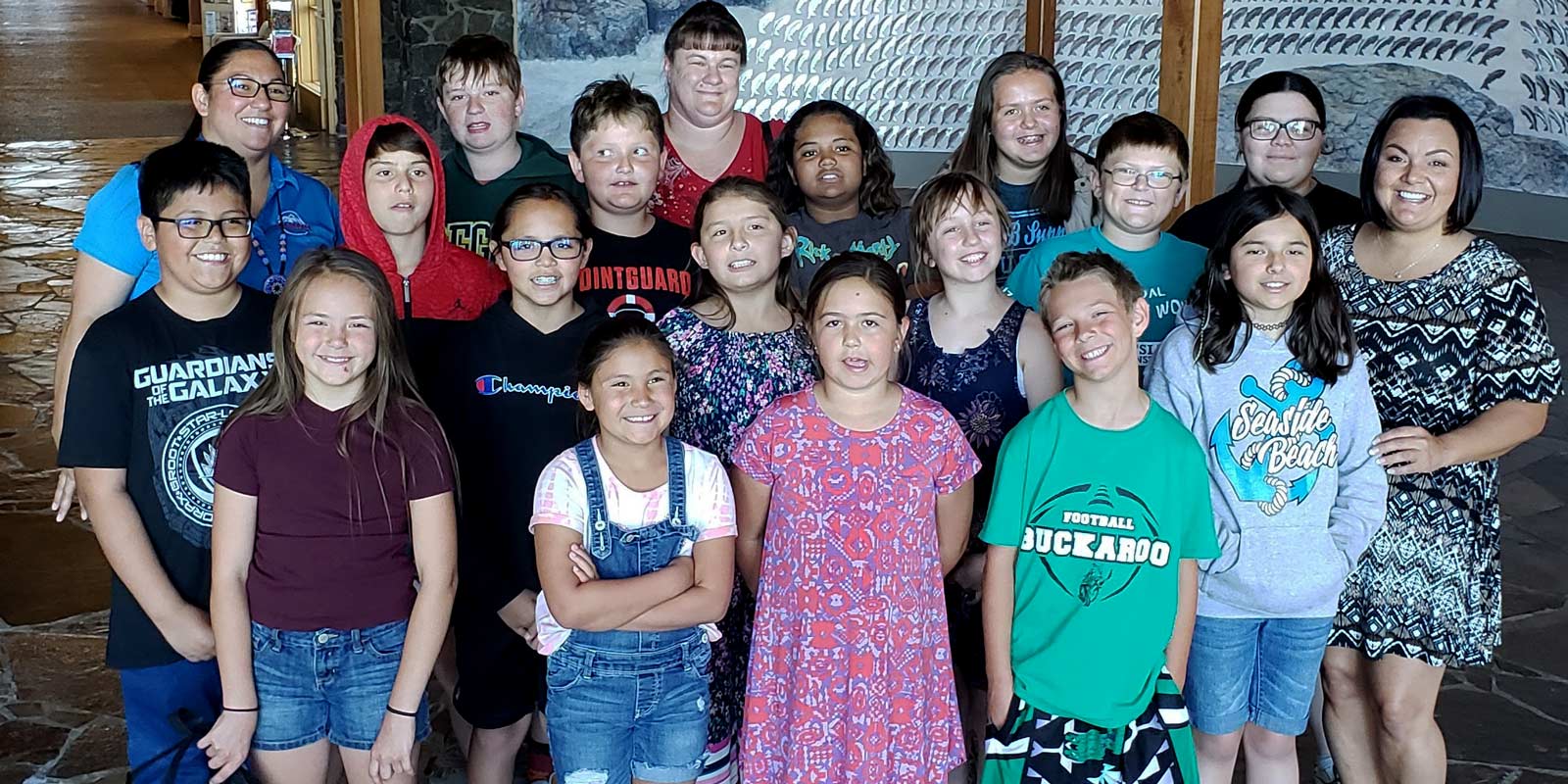
For the leaders of Native CDFIs, it’s personal—it’s tiospaye.
The leaders of Native CDFIs are not only business leaders, they’re tribal members and parents deeply invested in serving their communities’ needs. Their decisions are rooted in Native world views, which call for looking seven generations ahead.
“From that perspective, every decision impacts not just today, but carries forward for generations to come. It’s a strength—and a huge responsibility,” says Nikki Foster.
Native CDFIs are innovating week by week, adjusting to new circumstances as they arise. Their capacity to be nimble—combined with their frontline view—positions Native CDFIs to be effective. They’re leading economic development in their communities.
“One of the best ways to help is on a regional scale,” says Jael Kampfe. “Native CDFIs in the same region share a lot—landscape, culture, relationships—and when we all work in that way, we honor traditional, Indigenous values. We’re working together as tiospaye.
“Values that are inclusive, equitable, and diverse are by definition multicultural, multigenerational, and more sustainable.”
Funders have an important role in helping Native CDFIs serve their communities—in the immediate crisis certainly, but also over the long term. The collaborative, family approach of Native CDFI regional networks is a lesson in cooperation and resilience.
For more information on networks of Native CDFIs in our region, explore these links:
Mountain | Plains Regional Native CDFI Coalition, created in March 2020, is a coalition of 10 Native CDFIs located in North Dakota, South Dakota, Montana, and Wyoming. They’re currently focused on responding to COVID-19, but share a longer-term vision to increase regional capacity building, particularly in agriculture.
Native CDFI Network (NCN) works to be a national voice and advocate for Native CDFIs. Among its other activities, NCN gathers members for an annual conference. During the COVID-19 pandemic, NCN has been advocating for Native CDFIs through relief legislation. (Read more.)
Northwest Native Lending Network is a collaboration of Indian Country stakeholders—primarily Native CDFIs—in Native communities in the rural Northwest. It was created in 2019 by the Affiliated Tribes of Northwest Indians Economic Development Corporation as a way to share best practices and resources.
Oweesta Corporation, a Native CDFI intermediary, has created COVID-response loan products designed to help Native CDFIs assist their communities during this crisis and recovery period. Oweesta has set up new line of credit and working capital/operating loans for its Native CDFI partners in need of flexible capital resources.
South Dakota Native Homeownership Coalition is a collaborative group—representing tribes, government agencies, tribally designated housing entities, nonprofits, housing developers, lenders and CDFIs—dedicated to promoting Native American homeownership.
How investment by funders makes a difference in the short and the long term.
“The pandemic is something no one could have planned for. It’s amazing how Native CDFIs have come together in response. That level of collaboration and high value on cooperative approaches are unique to Native CDFIs,” Nikki Foster says.
Native CDFIs aren’t addressing short-term problems with quick fixes. We know their work takes time, which is why we’ve been looking at longer-term grants—such as a three-year funding cycle rather than one or two. Grants with longer terms have the potential to set aside the uncertainty of future funding and allow organizations to invest more energy and resources in their services.
Funders can support hard-hit Native communities by providing unrestricted funding for Native CDFIs and their regional and national networks—or even through a zero- or low-interest program-related investment or loan. (See the end of this post for a listing of Native CDFI networks in our region.)
For more on the Foundation’s evolving approach to funding—which we’re calling Respond, Reimagine, Restructure—read our 2020 annual report.
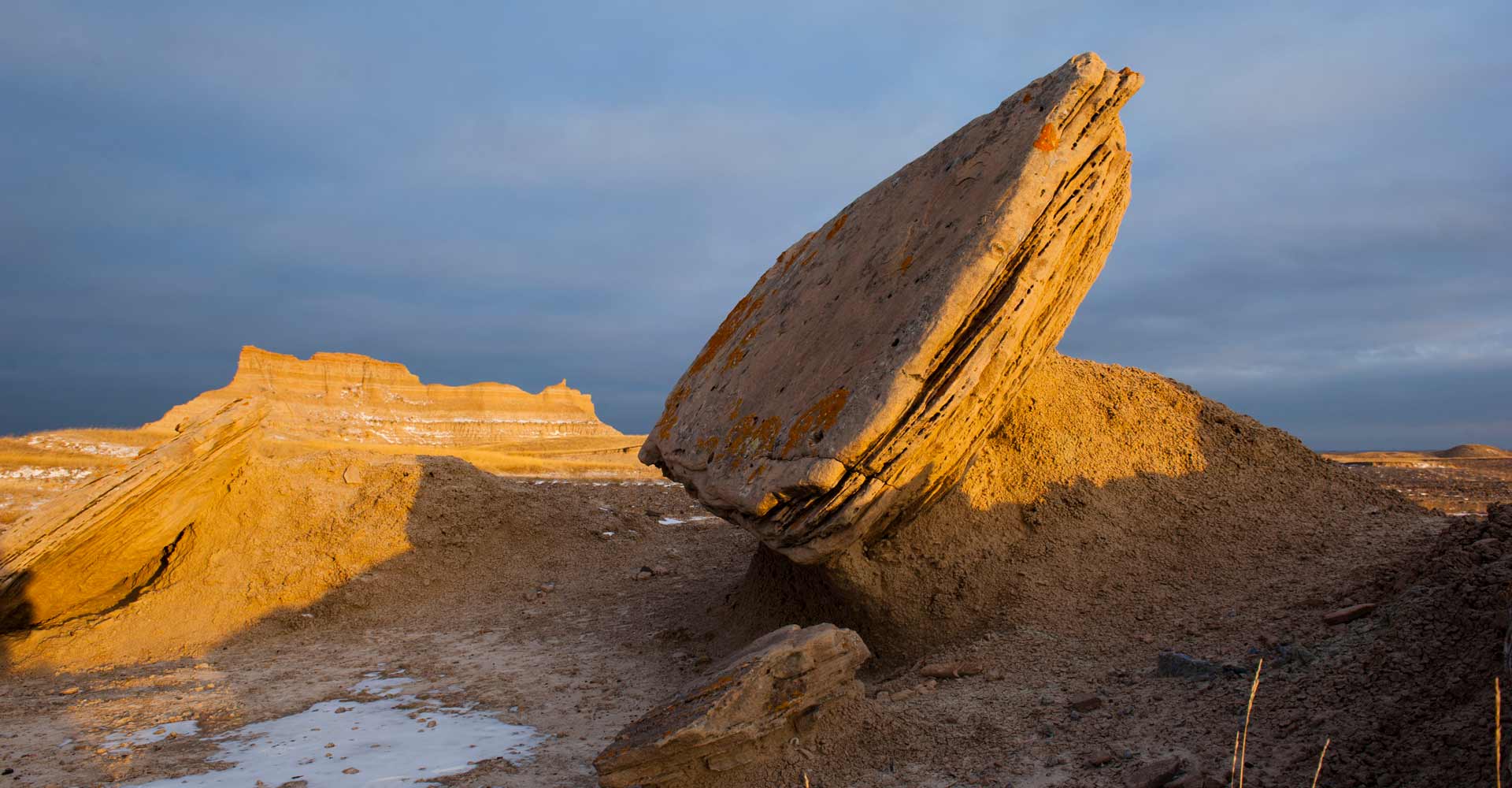
For more information on networks of Native CDFIs in our region, explore these links:
Mountain | Plains Regional Native CDFI Coalition, created in March 2020, is a coalition of 10 Native CDFIs located in North Dakota, South Dakota, Montana, and Wyoming. They’re currently focused on responding to COVID-19, but share a longer-term vision to increase regional capacity building, particularly in agriculture.
Native CDFI Network (NCN) works to be a national voice and advocate for Native CDFIs. Among its other activities, NCN gathers members for an annual conference. During the COVID-19 pandemic, NCN has been advocating for Native CDFIs through relief legislation. (Read more.)
Northwest Native Lending Network is a collaboration of Indian Country stakeholders—primarily Native CDFIs—in Native communities in the rural Northwest. It was created in 2019 by the Affiliated Tribes of Northwest Indians Economic Development Corporation as a way to share best practices and resources.
Oweesta Corporation, a Native CDFI intermediary, has created COVID-response loan products designed to help Native CDFIs assist their communities during this crisis and recovery period. Oweesta has set up new line of credit and working capital/operating loans for its Native CDFI partners in need of flexible capital resources.
South Dakota Native Homeownership Coalition is a collaborative group—representing tribes, government agencies, tribally designated housing entities, nonprofits, housing developers, lenders and CDFIs—dedicated to promoting Native American homeownership.

